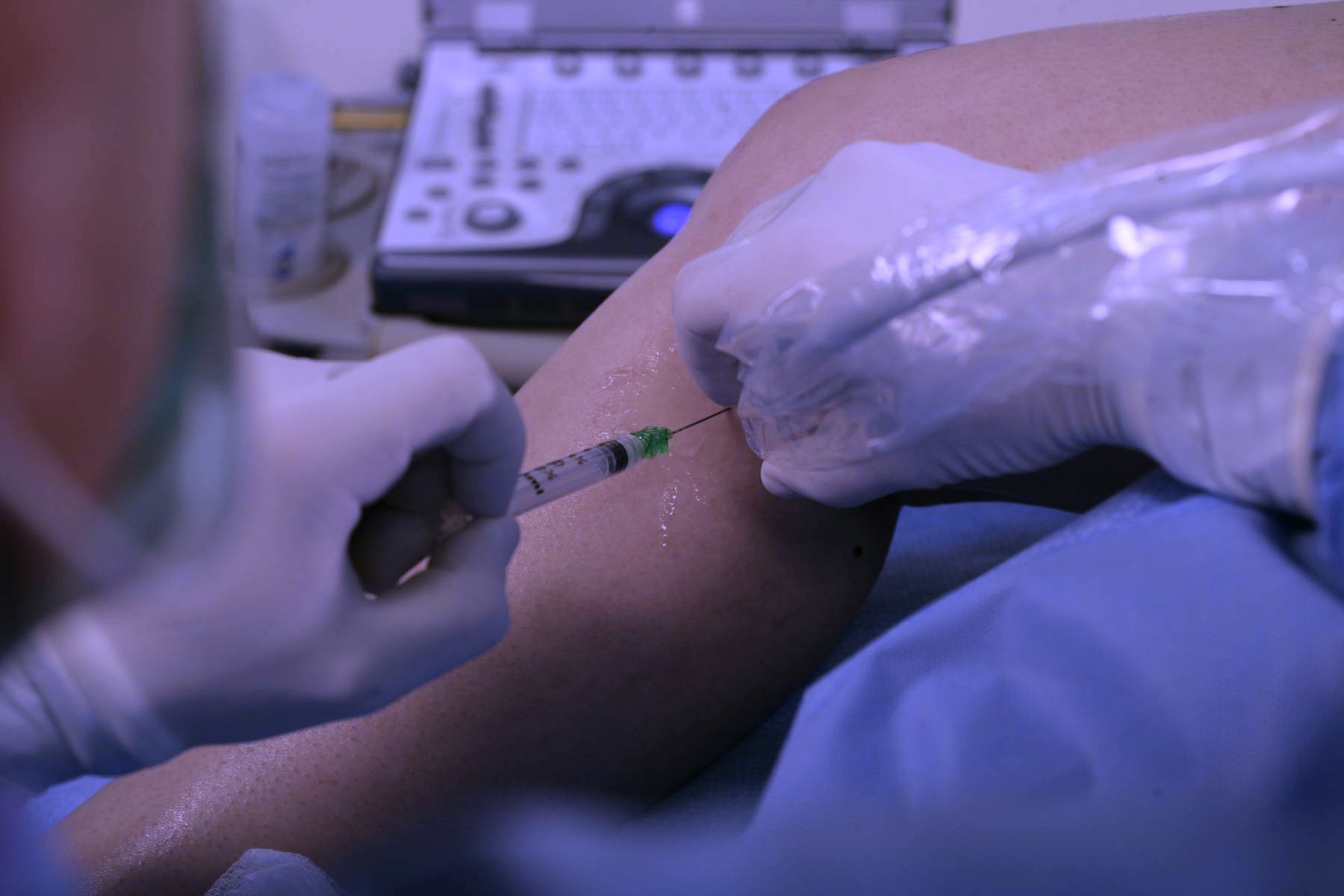[vc_row][vc_column][vc_column_text]
Spider veins can be an incredibly irritating problem. They may make otherwise attractive legs look unattractive and can even cause itching or pain to occur. Enlarged veins under the surface of the skin cause spider veins, which become that way due to the veins being thinner while the pressure from blood forces them to stretch. These veins may be the side effect of genetics, hypertension or a plethora of different conditions. Sclerotherapy offers a way to treat these spider veins.
What is Sclerotherapy?
 In most cases where spider veins occur, the veins themselves are relatively unimportant. The body can easily continue circulating blood and nutrients without these veins.
In most cases where spider veins occur, the veins themselves are relatively unimportant. The body can easily continue circulating blood and nutrients without these veins.
Sclerotherapy works by blocking these veins, so blood ceases to circulate. The body gradually absorbs the blocked veins, which in turn allows the body to grow new veins over the coming year.
Any veins that grow after the spider veins were removed tend to be problem-free when the cause of the spider veins has been corrected. This makes sclerotherapy a long-term solution for a problem that can be incredibly annoying.
Sclerotherapy has two main types of therapies available: traditional sclerotherapy and foam sclerotherapy. Each one has specific cases where they are appropriate a different set of advantages.
A Closer Look at Traditional Sclerotherapy
Traditional sclerotherapy works by utilizing injections containing chemicals that cause the veins to clot. They rely upon the body’s natural processes to cause this to happen.
The chemicals used cause a clot to form within the vein. The vein then begins the natural process of dissolving within the body, which in turn allows the body to foster new vein growth that does not present the symptoms of spider veins.
While traditional sclerotherapy can be considered the “gold standard” for treating spider veins, it does carry a few unique drawbacks.
The largest of those drawbacks is the fact that it may be subpar at treating larger spider veins because the chemicals used require a certain time before the veins clot.
Foam Sclerotherapy: Slightly Different But More Efficient
Foam sclerotherapy does not rely upon the body’s natural processes for sclerosis. It utilizes two to three injections containing chemicals that combine within the vein once injected.
These chemicals combine to form a foam that is both inert to the blood and potentially safer than the chemicals used within traditional sclerotherapy. The foam reacts in a matter of seconds, acting like glue once it comes in contact with the walls of the veins.
The major advantage of foam sclerotherapy concerns the fact that it acts faster than traditional sclerotherapy. Doses can be adjusted for larger veins, which in turn allows for a more effective treatment.
The Bottom Line: Traditional Sclerotherapy vs. Foam Sclerotherapy
The thing to take away from this is that traditional sclerotherapy and foam sclerotherapy can treat different types of spider veins more efficiently and more safely.
If you’re suffering from spider veins, sclerotherapy may be for you. Contact Miami Vein Center today for a consultation. We are a team dedicated to helping patients suffering from this same condition. During the consultation, we will be able to provide an evaluation and determine whether traditional or foam sclerotherapy is more suitable for your treatment plan. The best way to receive optimal treatment for your spider veins is to work closely with an experienced provider you can trust. Contact us today to talk to our board certified vascular surgeon, Dr. Jose Almeida.
[/vc_column_text][/vc_column][/vc_row]

